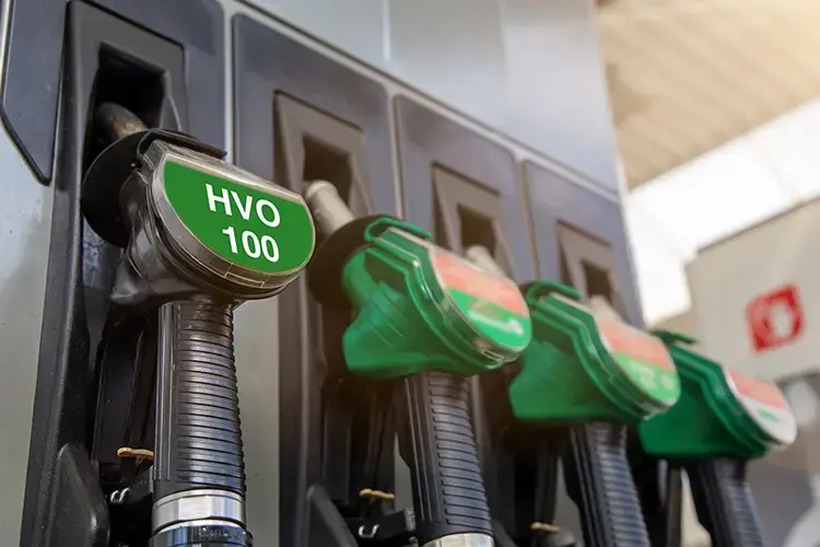HVO compliance
What is HVO fuel?
Hydrotreated vegetable oil (HVO) is a renewable paraffinic (diesel) fuel. It is derived from used cooking oils, residue animal fats from food processing, tall oil, and non-food grade crops.
How is it made?
HVO, a new generation of bio-based diesel, has been treated with hydrogen in order to meet the European EN15940 standard for ‘Paraffinic Diesel Fuel from
Hydrotreatment’. This more complex process produces a cleaner fuel, without the drawbacks of traditional, or first generation, biodiesel.
What are the characteristics of paraffinic fuels and HVO?
Paraffinic diesel fuels are specified in EN15940 and have higher cetane numbers and lower density than conventional diesel fuels (EN590). HVO and Bio to Liquid (BTL) are renewable paraffinic (diesel) fuels, whereas Gas to Liquid (GTL) is an alternative fossil paraffinic (diesel) fuel. HVO is a clear, colorless, odorless liquid.
What is bacterial growth?
Over time bacterial growth can be caused by the hygroscopic properties of FAME (EN590-B7). FAME is the first generation biofuel and highly hygroscopic, explaining the short shelf life of present EN590-B7 fuel. Due to the better properties, HVO fuel can be kept longer than fuel with FAME content.
What are the benefits of HVO?
The use of renewable (HVO and BTL) fuels will give a substantial decrease (up to 90%) of fossil CO2 emissions. Featuring the low sulfur and aromatics associated with paraffinic fuels, HVO burns more cleanly than first generation biodiesel or mineral diesel.
A step by step conversion process
1. Verify Yanmar engine model and HVO certification status - 10-640 HP engines are compliant for HVO use
2. Source certified HVO fuel from reputable suppliers
3. Drain existing fossil diesel from the fuel system
4. Replace fuel filters if due for maintenance
5. Fill with HVO and run engine checks as per operation manual

